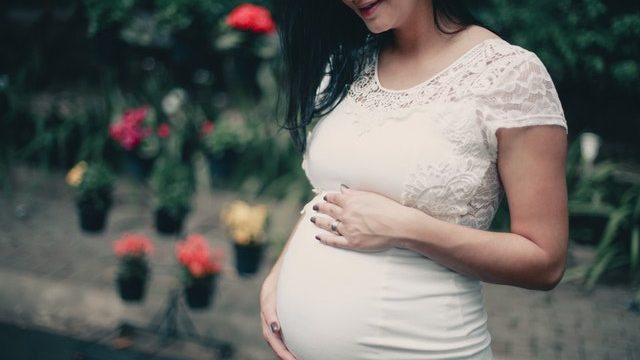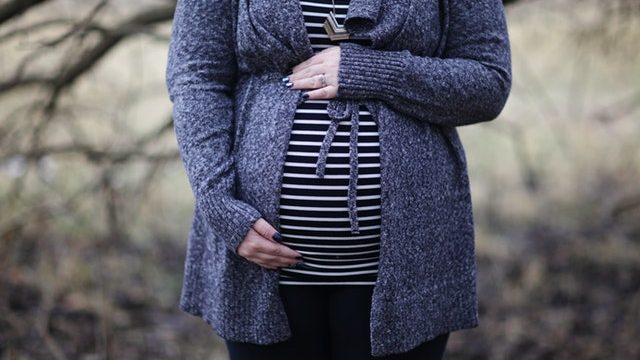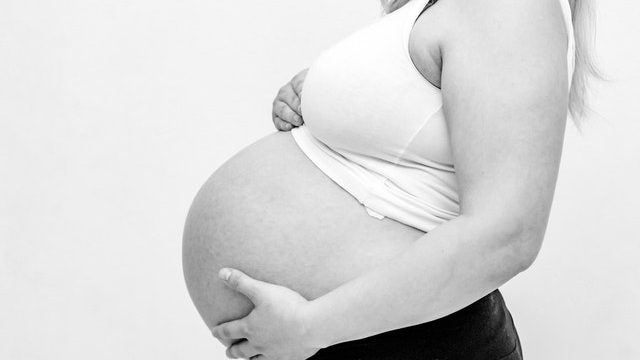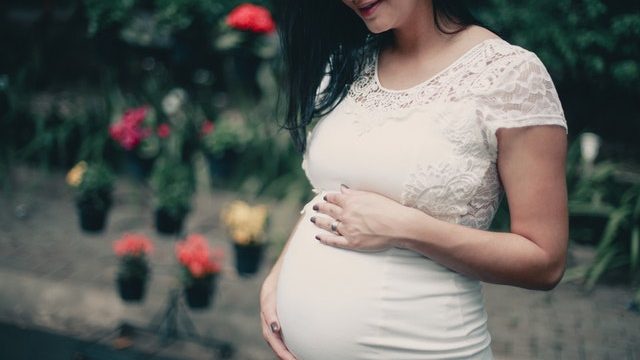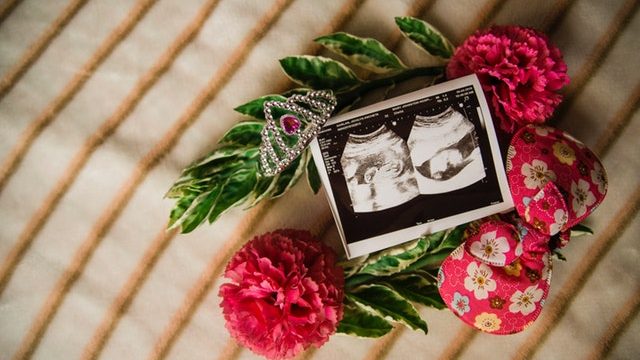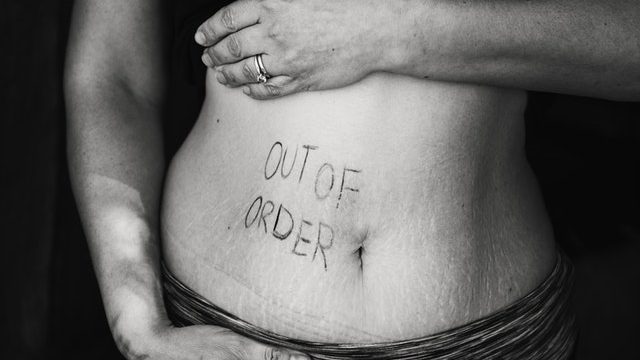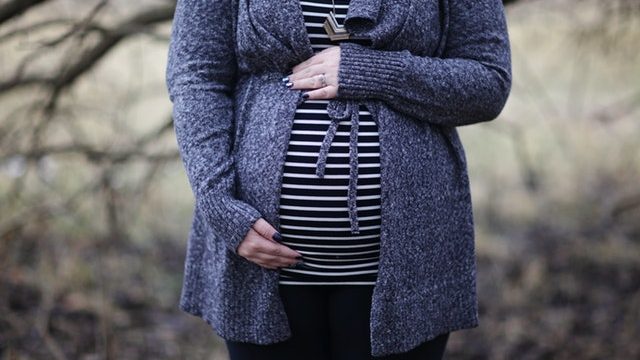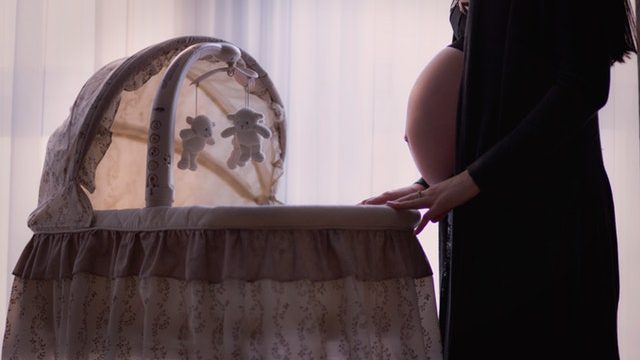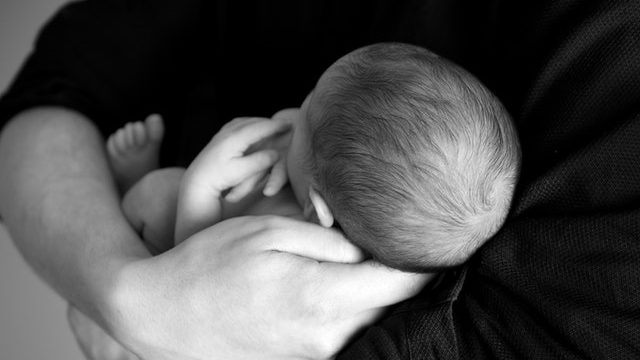Bleeding in pregnancy, whether spotting, light, or heavy at any time and any amount is of concern and needs medical attention.
Vaginal bleeding during the first three months of pregnancy is a common problem. It may vary from light spotting to heavy bleeding with clots.
Reasons for vaginal bleeding during the second and third trimesters of pregnancy (the last 6 months of a 9-month pregnancy) are different from bleeding in the first three months of the pregnancy.
Any bleeding during the second and third trimesters is a serious concern.
Bleeding In Pregnancy: Causes During First Trimester of Pregnancy
Implantation Bleeding
- It is common and not of serious concern.
- Happens when bleeding takes place when the fertilized egg is implanted (attaching itself) in the wall of the uterus.
- It occurs around the time of the expected menstrual period.
- Implantation bleeding is typically lighter than a usual menstrual period. It is usually spotting and will settle on its own.
Bleeding After Sexual Intercourse
It is common and may be normal during pregnancy.
Threatened Miscarriage
In a threatened miscarriage, there is bleeding, but a vaginal check and sonography are normal and suggest that the fetus may still be fine.
Completed Miscarriage
Here the examination reveals that there is no evidence of pregnancy inside the uterus.
Incomplete Miscarriage
- There is bleeding and the examination reveals that the cervix is open.
- There are products of conception in the canal.
- The sonography will also show some retained products of conception.
Blighted Ovum
An ultrasound would show evidence of an intrauterine pregnancy, but the embryo has failed to develop further.
Ectopic Pregnancy
- Bleeding from an ectopic pregnancy is the most serious cause of first trimester bleeding.
- An ectopic pregnancy occurs when the fertilized egg implants outside of the uterus.
- It could be the tubes, ovary or in the abdominal cavity. The Fallopian tube is the commonest site.
- As the fertilized egg grows, it can rupture the Fallopian tube and cause life-threatening bleeding.
Molar Pregnancy
This is a form of a tumor. The ultrasound results show the presence of abnormal tissue inside the uterus. In rare cases, this can be cancerous.
Bleeding may also be caused by reasons unrelated to pregnancy, for example, due to medical conditions or tears to the vaginal wall.
Management Of Bleeding In First Trimester
The treatment will depend on the cause.
Threatened miscarriage: Supportive treatment is given and then a review is done to ensure that the pregnancy is continuing fine.
Inevitable miscarriage / Incomplete miscarriage / blighted ovum: Medications may help evacuate the uterus and some may need a curettage.
Molar pregnancy: Dilatation and curettage is done and then regular follow up is required to ensure the hormones settle. Some cases may need additional treatment in the form of injections.
Ectopic pregnancy some can be managed with medicines (injections) and some will need surgery.
Causes Of Bleeding During the Second And Third Trimester
Bleeding in the second and third trimester is serious. The placenta is the commonest cause of bleeding.
Placenta Previa
It is a situation where the placenta partially or completely covers the cervical opening. In this case, most women will have painless bleeding.
Placental Abruption
- This condition occurs when a normal placenta separates from the wall of the womb (uterus) prematurely and blood collects between the placenta and the uterus.
- This endangers the life of both the mother and the baby. The woman will complain of both pain and bleeding.
Placenta Accreta, Increta, or Percreta
In this case, the placenta attaches abnormally deep into the wall of the uterus. This is very rare but can lead to life-threatening bleeding.
Uterine Rupture
Under Uterine Rupture, the wall of the uterus splits open. The baby then is partially or completely expelled into the abdomen.
It is more likely to happen in women who have had a previous cesarean section or surgery on the uterus where the cavity was opened.
Uterine Rupture can also happen in cases where:
- The woman is has delivered 4 or more pregnancies
- There is excessive use of certain drugs during labor.
- When the baby is in an abnormal position and the labor is obstructed for long.
Cervix Cancer
Bleeding can be due to causes not related to the pregnancy such as cancer in the cervix.
Other Associated Symptoms
Bleeding may be associated with other symptoms such as fatigue, excessive thirst, dizziness, or fainting.
The intensity of the pain varies depending on the cause.
Ectopic pregnancy and uterine rupture may present with excruciating pain.
Management Of Bleeding In The Second And Third Trimester
Most cases will need hospitalization, management will have the following goals:
- Stabilize the pregnant woman.
- Ensure fetal wellbeing and fetal lung maturity in preterm babies.
- Consider delivery. It may be an emergency caesarean section in most cases.
- A blood transfusion may be required depending on the blood loss.
Diagnosis Of Bleeding In Pregnancy
In case of any bleeding in pregnancy one must report to the doctor.
Good examination and sonography are usually the main steps in diagnosis.
Blood tests and tests for fetal wellbeing will be carried out as well depending on the situation.
Consult Dr. Sangeeta Agrawal if you have bleeding during your pregnancy.


























